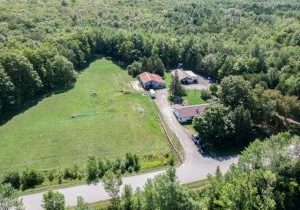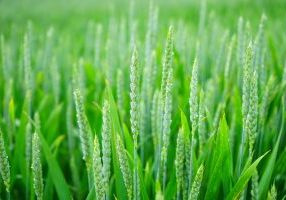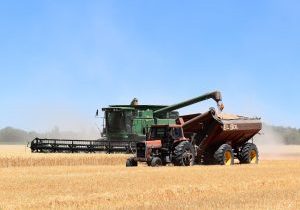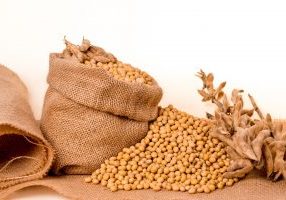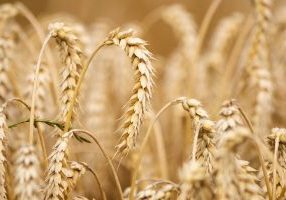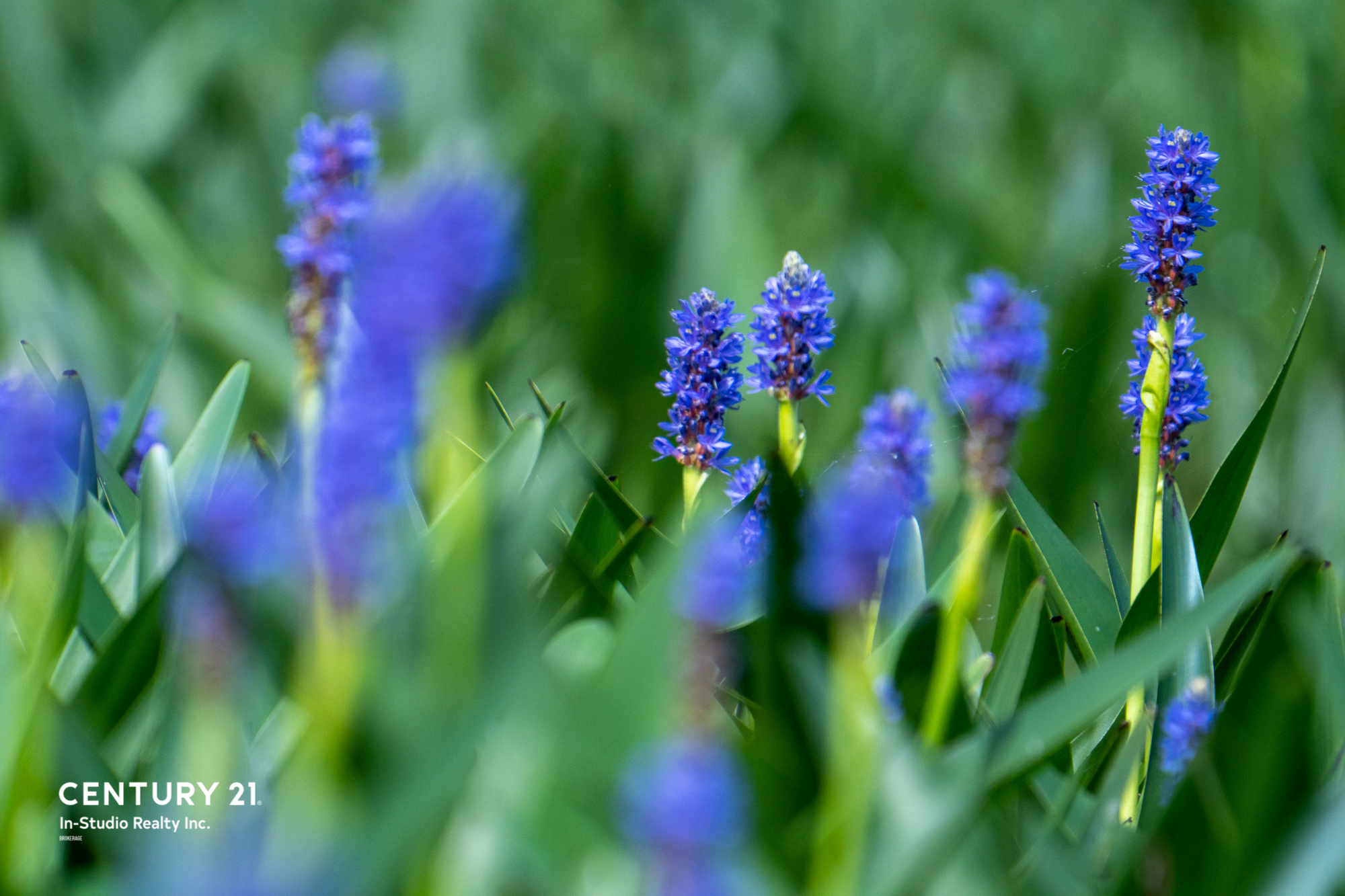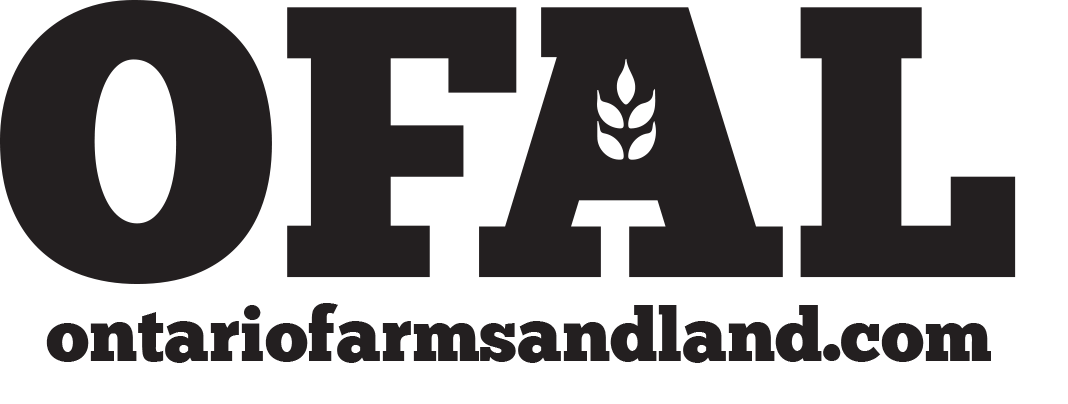Buy Fresh. Support Local. Thank You!
Searching Peel Halton Farms For Sale? The Peel and Halton Counties are located in Southern Ontario within the Greater Toronto area and have shorelines on Lake Ontario. Home to large cities like Mississauga and Brampton, there are many opportunities for sales and employment through local markets that support a prosperous farming industry. The municipalities are prominent supporters of connecting consumers and producers and provide many resources to facilitate these connections. Despite a history of dairy farming, the agriculture sector has shifted to accommodate the recent consumer interest in organic produce. Additional revenue streams have been introduced so farms can increase their value through agri-tourism, such as tasting rooms and restaurants.
The Peel Region has a population of 1.382 million. It spans an area of 1,247 km2, and the Halton region stretches 964 km2 with a population of nearly 550,000. The climate and six-month growing season are favourable for prosperous farming, with an ability to produce various crops, including fruits and vegetables. Both regions welcome accessibility to markets in larger cities while having a small-town feel in regions like Caledon and Milton.
Ready to purchase your next Peel Halton Farm? Contact The Ontario Farms & Land Group today! 1-844-721-FARMS
Peel Halton Real Estate
Find Your Dream Farm For Sale In Peel Halton
Local Peel Halton REALTORS® Specializing In Farms & Land
Coming Soon
Local Resources in Peel Halton
Farmers Markets
There is a significant priority in both regions to foster a more direct-to-consumer business model for farmers, with ample farmers' markets available, as well as online resources. Grown in Peel offers just that by connecting people with farmers and farms to showcase local produce that is picked fresh. This allows residents to gain more understanding about the agriculture industry, as well as support local businesses. Additionally, Simply Local in Halton has an interactive map to make it easier for residents to pick their fruits and vegetables while supporting farmers in their community. Check out the previous link to see every farm to table connection you can utilize, as well as additional examples of year-round and seasonal farmers' markets below:
- Erin Mills Farmers' Market, Mississauga
- Brampton Farmers' Market, Brampton
- Waterdown Village Farmers’ Market, Waterdown
- Downtown Georgetown Farmers' Market, Georgetown
Veterinary Clinics & Hospitals
There are multiple veterinary clinics and hospitals throughout the Peel Halton region. You and your farm are in good hands for big and small animals should you have any concerns! See below for a list of the larger veterinary clinics and hospitals in the area:
- South Peel Veterinary Hospital, Mississauga
- Brampton Animal Hospital, Brampton
- Halton Peel Animal Hospital, Milton
- Burlington Lakeshore Veterinary Hospital, Burlington
Agriculture Supply Shops
With a range of supply shops, the Peel Halton area will facilitate any needs from feed, tools, heavy-duty farm equipment, or service. See below for a few great shops to get you started:
- Peel Hardware and Supply, Caledon
- Davis Feed and Farm Supply, Caledon
- Sharpe Farm Supplies, Moffat
- - Watson's Farm Equipment and Tractor Parts, Ariss
Auctions
Are you looking for heavy-duty machinery, estate sales, home supplies, farm equipment, tools or vehicles? In Peel Halton, you'll have a variety of resources for great finds and even better deals, either online or in-person. If you require an appraisal, these services are also provided by most auctions. See the list below to check out a few of the auctions in the Peel Halton region:
- Sherwood Hume Auctions, Milton
- Reinhart Auctions, Inglewood
- Parr Auctions, Fergus
- TNT Auctions, Brampton
Urban Centers
Mississauga
Neighbouring Toronto on Lake Ontario, Mississauga has a population of nearly 830,000. It is the sixth-largest city in Canada.
Brampton
Located inland from Mississauga, Brampton has a population of over 600,000.
Burlington
Burlington is located on Lake Ontario with a population of over 200,000 and is on the top 10 list for cities with the lowest crime rates in Canada.
Transportation & Logistics
Transportation
- MiWay
- Bus transit throughout the Mississauga area that continues to expand as the city grows
- Brampton Transit
- Bus transit throughout the Brampton area
- Mississauga to Toronto – 28 km
- Caledon to Toronto – 61 km
- Burlington to Toronto – 68 km
Logistics
- Located in GTA
- Proximity to Toronto
- University campuses, including the University of Toronto – Mississauga campus and Algoma University
- Toronto Pearson International Airport
Discover Peel Halton Farming
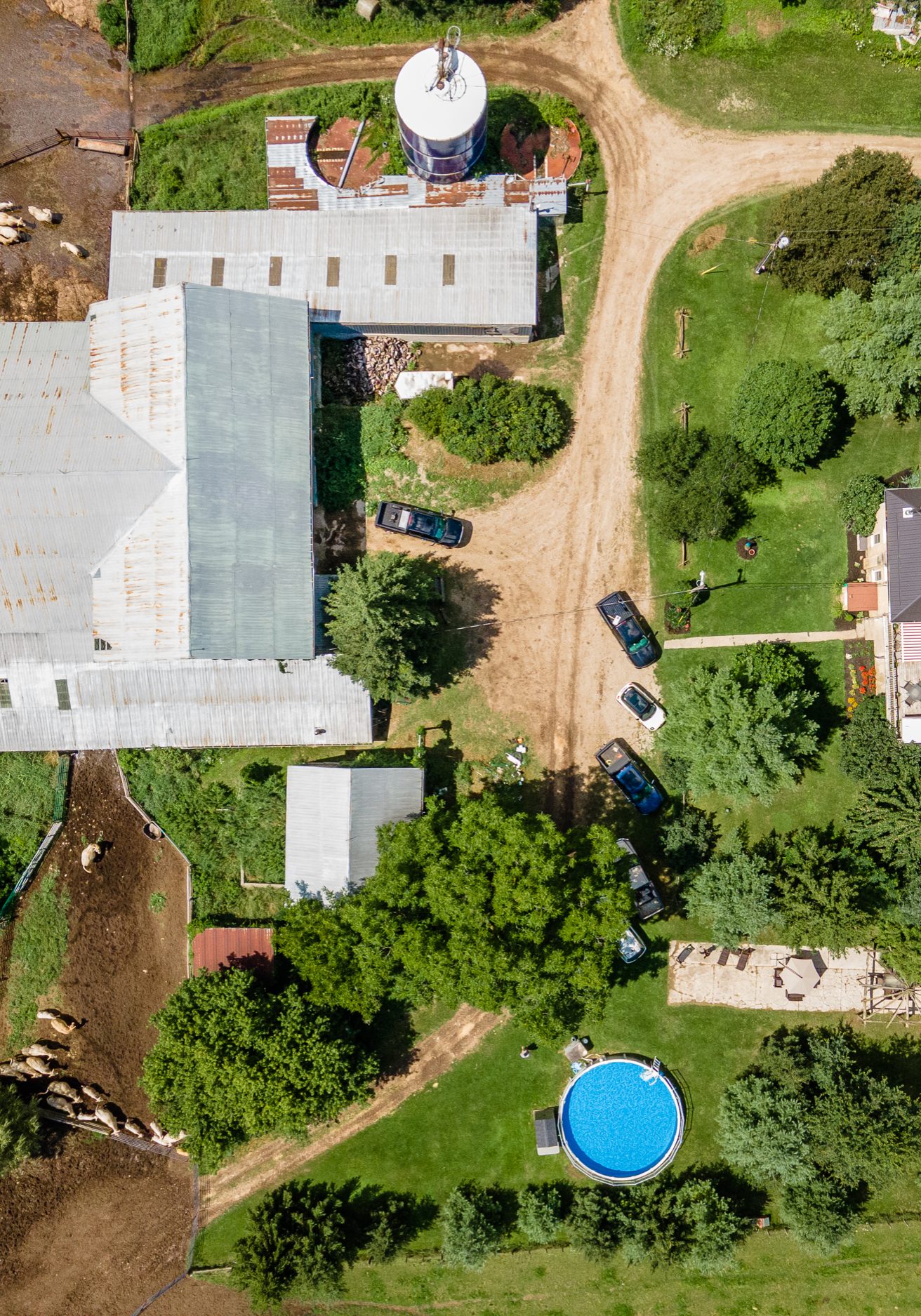
The Peel region has 3,707 farms and uses 95,000 acres of dedicated farmland. Caledon is home to the highest number of farms and farmland with 85% (82,000 acres), then Brampton and Mississauga with 11% and 4%, respectively. Additionally, the GTA's highest average farm market value is found here, with Caledon valued at $3.8 million, Brampton at $4.3 million, and Mississauga valued at $5.7 million. Although Caledon has the most farmland, higher operation and land costs in Mississauga and Brampton are the reason for the higher valuations. The most common farming in this area is organic products and livestock, such as cattle, pigs, poultry, sheep, goats, bees, horses, and fur-bearing animals. The primary produce grown in the area is cash crops, namely fruits and vegetables, oilseeds and grains, soybeans, and corn.
The Halton region had gross revenue receipts of over $143 million in 2016 for the agriculture sector, with mushroom farming being the highest revenue-generating crop, accounting for 24% of the employment within the area. The area produces hay, oilseed, livestock, fruits and vegetables, and is home to horse farms and plant nurseries. The region has sought new revenue streams by incorporating agri-tourism into the industry and recreational uses of current farms and businesses by opening retail stores, restaurants, and tasting rooms. Additionally, the region has worked diligently to provide direct-to-consumer opportunities for farmers' to utilize, with 20% of farms accomplishing that goal today. The county has set out to foster a robust agricultural industry within the area with the Regional Official Plan, which focuses on preserving and protecting the land and resources while providing direct sales to the consumer.
The Peel Federation of Agriculture supports the farmers in the Peel area while also providing scholarship opportunities for students involved with agriculture before pursuing post-secondary education.
Similarly, the Halton Region Federation of Agriculture supports 350 farm families within the region to continue fostering a prosperous farming industry.
Both regions are avid supporters of sustainable farming. Conservation is at the forefront of projects run by municipalities and private organization projects. The Peel Halton counties have been putting programs in place to foster more land stewardship, increased farm profitability, and a prosperous community through the Peel Region Official Plan Review. Additionally, the Golden Horseshoe Farming and Food Alliance have pushed through two initiatives: crop rotations and windbreaks to avoid soil erosion and provide wildlife with natural habitat. This is to maintain healthy soil and water instead of working towards reversing previous damage. Other initiatives include Teach Green in Peel.
Soil
The soil in the Peel Halton region has a history of being used primarily for agriculture, limiting the potential for soil contamination from other industries. The soil types include various types of till, shale, sands and gravels, lacustrine, clay, and bedrock. Erosion is present in the northern section of the county, where more sand is found. The land is most favourable to livestock and dairy farming, cereal grains, legume, and hay.
Weather
The weather in the Peel Halton region is relatively mild, with winter temperatures averaging around -8°C and rarely getting colder than -17°C. Summer temperatures average around 26°C, rarely surpassing 30°C. The average rainfall for the area ranges between 13 mm to 60 mm month over month, with an average snowfall of 91mm - 103 mm in January and February, respectively. The longest days have roughly 15 hours and 25 minutes of sunshine, with the shortest days having just 8 hours and 58 minutes of daylight in the winter.
The growing season lasts roughly 6.0 – 6.1 months from April 21 – October 26 annually.
Water & Air
There are a variety of resources for residents in both regions for water quality and annual water reports. Water is provided either by private and municipal wells, mainly in smaller towns like Caledon, or through public water systems provided by the municipalities. Water is tested often, and there are currently no adverse water quality results in the region.
The air quality in the Peel Halton region is reported as good to fair. Cold, heat, and smog warnings are easily accessible throughout the region, so residents can always be informed on current air quality.
Animals & Insects
Wildlife within the Peel Halton region includes coyotes, deer, foxes, pigeons, bears, beavers, and geese. Additionally, insects like ticks are common in the Peel region. Both regions offer ample resources for residents to equip themselves with information about sharing space as harmoniously as possible with these animals.
Read Our Latest Blogs
Discover Neighbour Farming Communities to Peel Halton Counties
ONTARIO FARMING COMMUNITY PAGES
On our community pages, you'll find a wide variety of local information and resources.


